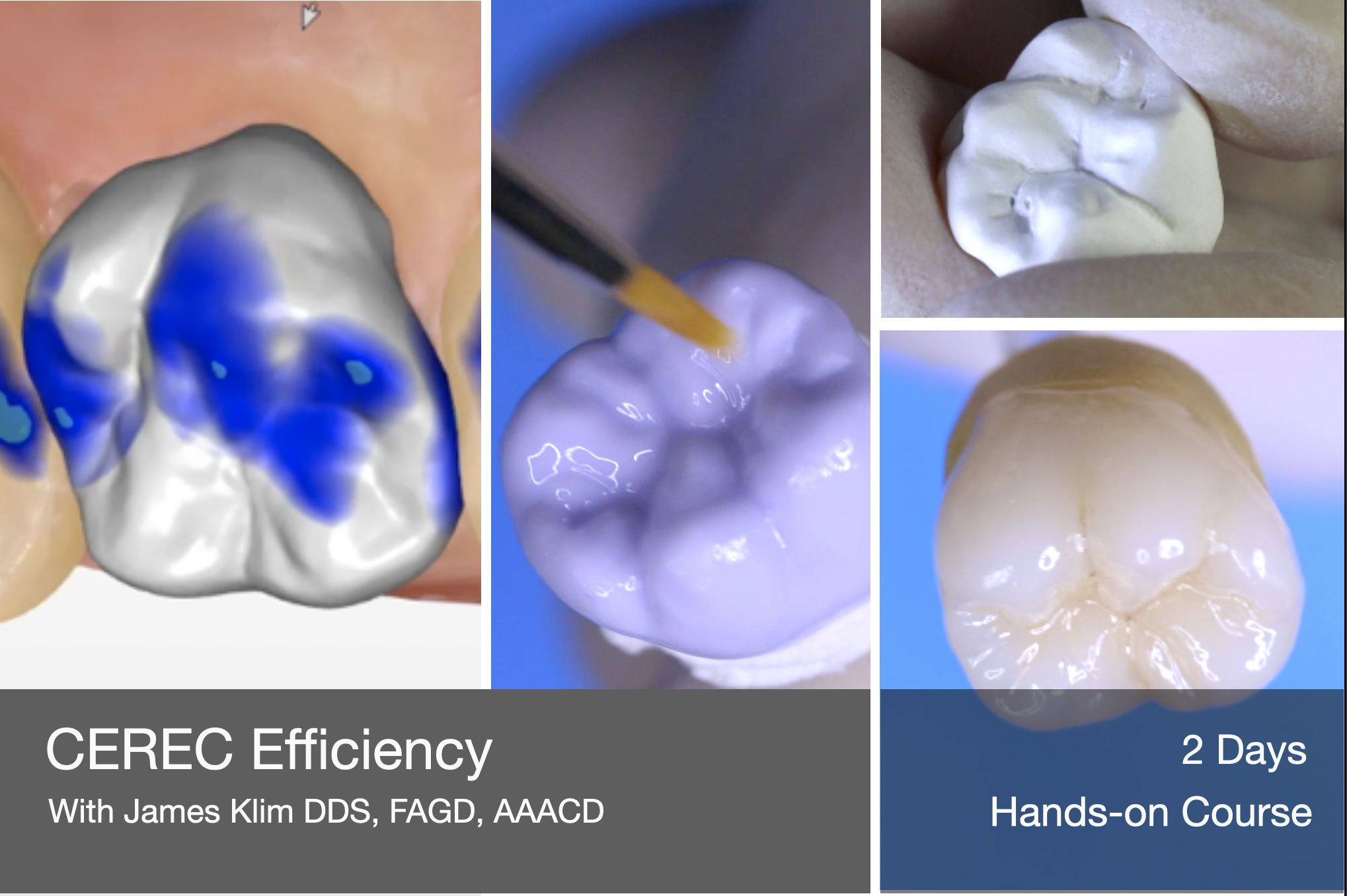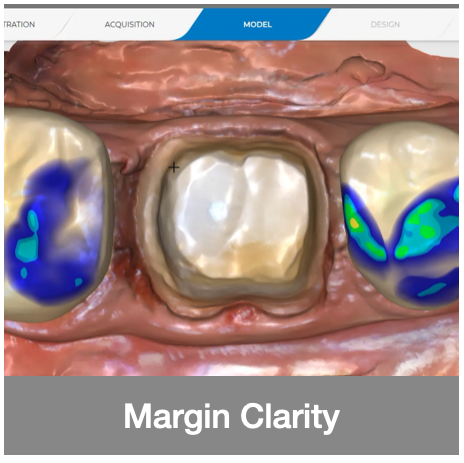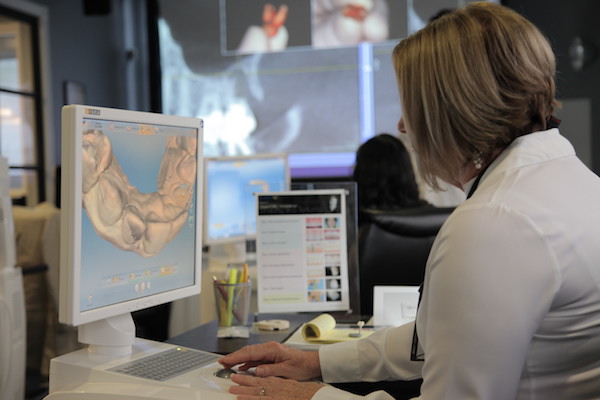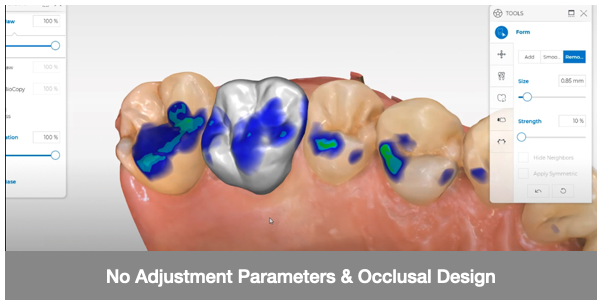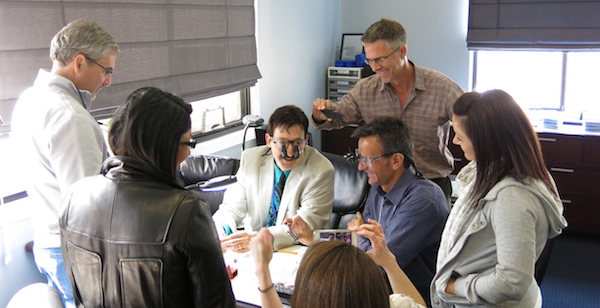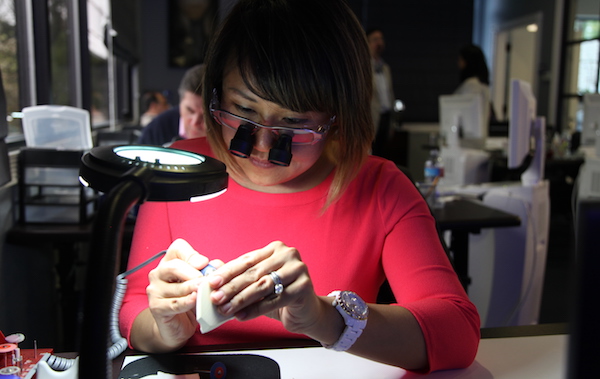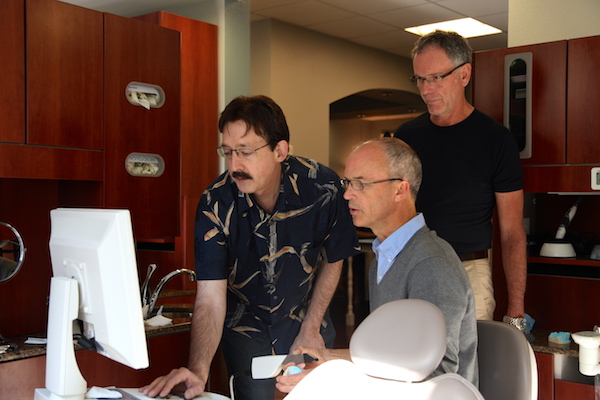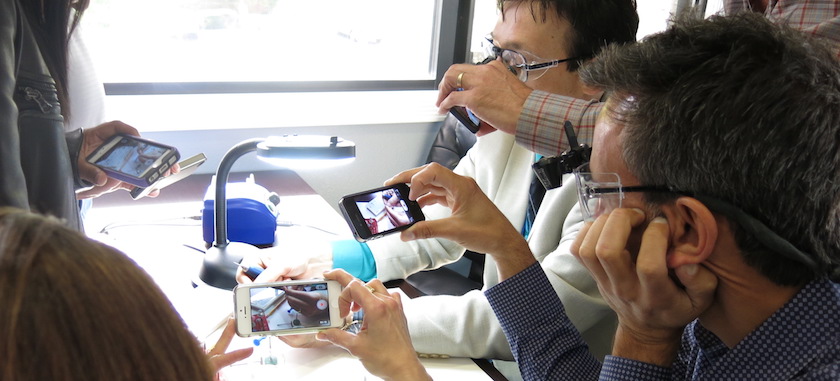Updated Course Description and Dates for this Course can be found at CADCAMDoctor.com
Updated Course Description and Dates for this Course can be found at CADCAMDoctor.com
Lab Quality Posterior Ceramic & Zirconia in the CAD/CAM Clinical Theater
- Spot on occlusion
- Clean marginal fit
- Ideal proximal contact fit
- Restorative color blending
- Pleasing Morphology
Understanding Parameters and Calibration Methods
Fine-tuning the parameters to best suit your clinical demands is the secret to seamless CAD/CAM restoration seating and occlusion precision. Dr. Klim will review the principles behind each setting for a clear understanding and clinical application.
Preparation Style for Crisp Optical Impressions
Clean, crisp margins and polished preparations will aid in ceramic fit and functional durability. Ceramic restoration strength comes from the inside. Learn how this fine-tuning aspect will improve a CAD/CAM restoration fit.
Preparation Architecture for Conservative Ceramic Restorations
Conservative and straightforward preparation design is the blueprint for simplifying the CEREC process. Could it be that the ceramic’s internal design is the most critical factor for ceramic fit and functional success? Learn the metrics for sound CAD/CAM ceramic engineering.
Managing Subgingival Margins
Subgingival margins use to be a complicating factor with all-ceramic restorations, not anymore! With the right tools and approach, the CEREC practitioner will be able to handle and improve gingival health. Learn Dr. Klim’s systematic method and soft tissue metric system for margins under the gum line.
Optical Impression Techniques
The optical impression is the precision link to the virtual design theater. With proper preparation design and capturing techniques, the Primescan or Omnicam will provide excellent digital precision. Learn proven isolation and optical impression techniques that work every time for either system.
Virtual Design
The virtual design should be the easiest part when the computer has the best 3D information. Learn how to simplify the design process to maximize restoration fit and occlusion without post-milling adjustments or hassles.
Refining the Occlusion in the Virtual Design Phase
Understanding how the parameters work in conjunction with occlusal contact placement is one of the priceless pearls of CEREC. This should lead to nothing more than minor polishing adjustments of the occlusal contacts. Learn how to make occlusion management your best friend in the CEREC world.
Block Selection for Function and Aesthetics
With the layered blocks and lithium disilicates, the aesthetic blend has been simplified. And then, we have great zirconia selections for strength and posterior aesthetics. Learn Dr. Klim’s material shade selection for ceramics and zirconias.
Ceramic Pre-Bond Finishing (Polish or Stain/Glaze)
Studies have documented that well-polished CAD/CAM ceramics will perform like natural enamel. Learn the 3-minute polish technique. On the other hand, if you desire to take your ceramics to the next level of aesthetics and function, learn the Klim “One-step posterior stain and glaze” technique for VITA, Empress, and e.max.
Introduction to Zirconia Coloring & Finishing
The CAD/CAM zirconia brands and options are a rapidly growing asset for chairside one appointment dentistry. This presentation will introduce zirconia selection, green zirconia finishing, rapid sintering options, and finishing.
Materials...Where, When, and How
There are a full plethora of materials made for our CAD/CAM clinical theater. Learn the where, when, and how for material applications.
No Post-Operative Sensitivity Protocol
Post-operative sensitivity can primarily be broken down into two separate camps: adhesive technique and occlusion. Learn the protocol to master and practice both camps with confidence
Class applicable questionnaire:
- I can efficiently design my CAD/CAM restorations in a timely manner.
- I find that the majority of my restorations do not require much more than minor spot occlusal adjusting.-
- I am confident with quadrant CEREC software design.
- I rarely see post-treatment sensitivity to hot, cold, or bite.
- I use CEREC for the majority of my indirect posterior restorations.
If you are not able to check off two or more of these statements on a regular basis, then this class will significantly impact your clinical life!
Learning Tools
- Interactive mentoring with Dr. Klim
- Multimedia presentation support with video over-the-shoulder applications
- Hands-on applications
- Preparation architecture
- Effective optical impression techniques
- Software workflow
- Efficient polishing technique
- Stain and glaze
- e.max finishing
- Zirconia Infiltration and finishing options
- Restorative placement protocol (bonding & cementation)
- Workbook syllabus with presentation highlights and references
There are no prerequisites for this course
Instructed by James Klim, DDS (Click here for Speaker Bio)
Details:
14 CE credits (Subject code: 610)
Day 1: Thursday 8:00 am - 5:00 pm
Day 2: Friday 8:00 am - 3:00 pm
Breakfast & Lunch Served
CADStar is an approved Patterson Dental CEREC Advanced Training Course.
Tuition: (Participant's credit card will be billed when registering, as follows):
- Doctor: $3200
- Assistant: $1500 (each assistant will have an individual case for finishing portion of the course)
Patterson vouchers are eligible for this workshop, call to apply the voucher to tuition.
CADStar™ Participation Agreement and Cancelation Policy:
If for any reason you need to reschedule 120 days or more prior to the start of the workshop, a full refund will be granted. Rescheduling 120 days and up to 90 days prior to the class date, will be subject to a refund minus the value of reservation deposit of $1950 per doctor and $695 per assistant. No refund will be issued after 90 days prior to the workshop scheduled. Tuition may not be transferred to another course date.

